Refer to the exhibit.
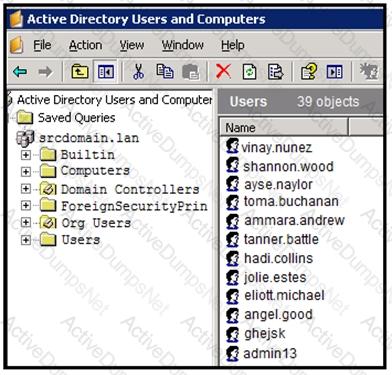
An engineer is investigating a case with suspicious usernames within the active directory. After the engineer investigates and cross-correlates events from other sources, it appears that the 2 users are privileged, and their creation date matches suspicious network traffic that was initiated from the internal network 2 days prior. Which type of compromise is occurring?
Refer to the exhibit.

An engineer received a report that an attacker has compromised a workstation and gained access to sensitive customer data from the network using insecure protocols. Which action prevents this type of attack in the future?
What is a benefit of key risk indicators?
What is the difference between process orchestration and automation?
An engineer received an alert of a zero-day vulnerability affecting desktop phones through which an attacker sends a crafted packet to a device, resets the credentials, makes the device unavailable, and allows a default
administrator account login. Which step should an engineer take after receiving this alert?
Refer to the exhibit.
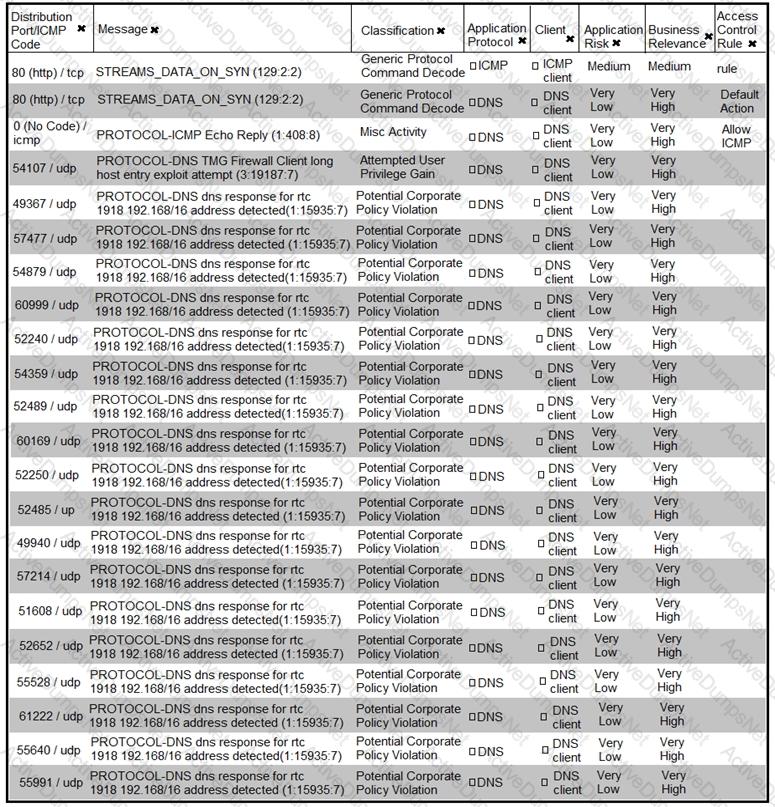
What is the connection status of the ICMP event?
The network operations center has identified malware, created a ticket within their ticketing system, and assigned the case to the SOC with high-level information. A SOC analyst was able to stop the malware from spreading and identified the attacking host. What is the next step in the incident response workflow?
A SOC team is informed that a UK-based user will be traveling between three countries over the next 60 days. Having the names of the 3 destination countries and the user's working hours, what must the analyst do next to detect an abnormal behavior?
Refer to the exhibit.

An employee is a victim of a social engineering phone call and installs remote access software to allow an “MS Support” technician to check his machine for malware. The employee becomes suspicious after the remote technician requests payment in the form of gift cards. The employee has copies of multiple, unencrypted database files, over 400 MB each, on his system and is worried that the scammer copied the files off but has no proof of it. The remote technician was connected sometime between 2:00 pm and 3:00 pm over https. What should be determined regarding data loss between the employee’s laptop and the remote technician’s system?
Which action should be taken when the HTTP response code 301 is received from a web application?
An engineer has created a bash script to automate a complicated process. During script execution, this error occurs: permission denied. Which command must be added to execute this script?
What is idempotence?
Refer to the exhibit.
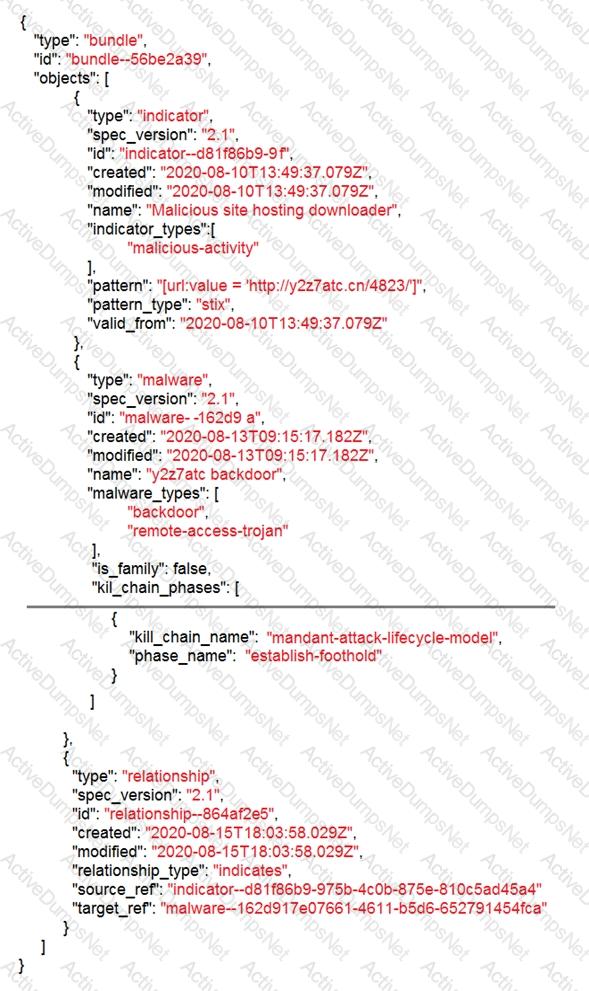
Which indicator of compromise is represented by this STIX?
A SOC analyst is investigating a recent email delivered to a high-value user for a customer whose network their organization monitors. The email includes a suspicious attachment titled “Invoice RE: 0004489”. The
hash of the file is gathered from the Cisco Email Security Appliance. After searching Open Source Intelligence, no available history of this hash is found anywhere on the web. What is the next step in analyzing this attachment to allow the analyst to gather indicators of compromise?
Drag and drop the components from the left onto the phases of the CI/CD pipeline on the right.
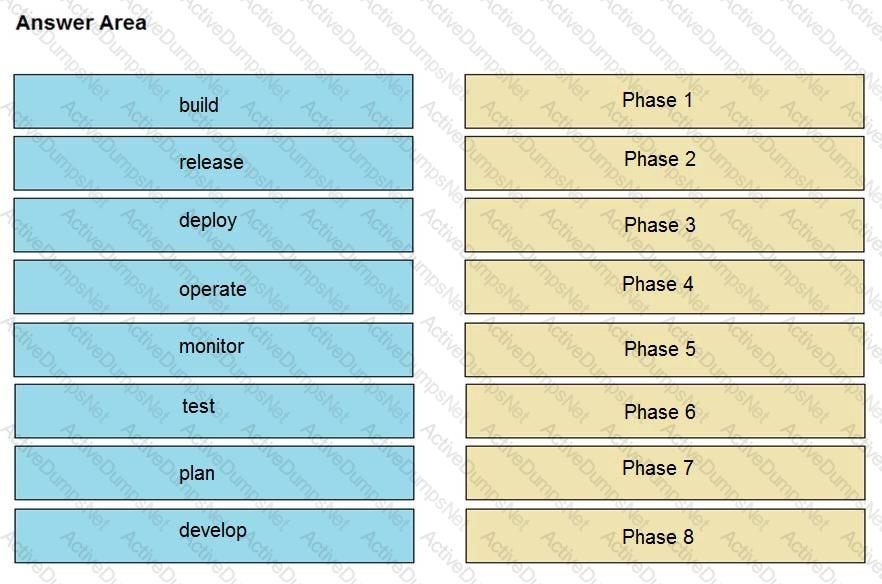
Refer to the exhibit.
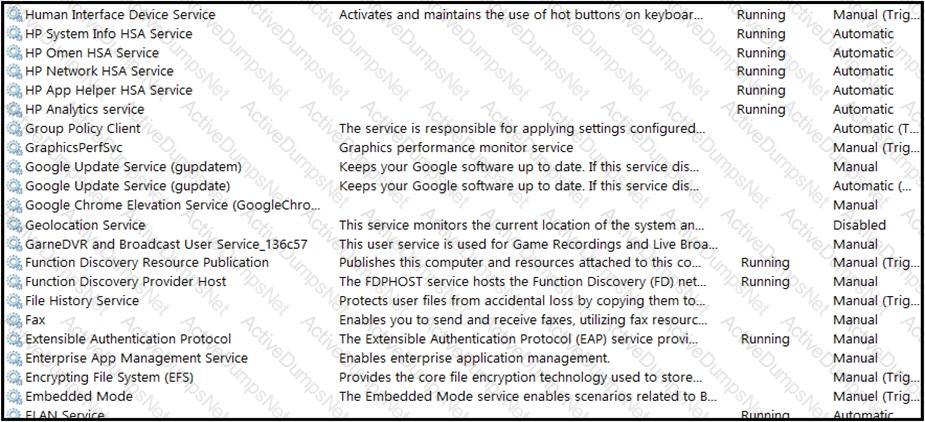
An engineer received multiple reports from employees unable to log into systems with the error: The Group Policy Client service failed to logon – Access is denied. Through further analysis, the engineer discovered several unexpected modifications to system settings. Which type of breach is occurring?
An analyst received multiple alerts on the SIEM console of users that are navigating to malicious URLs. The analyst needs to automate the task of receiving alerts and processing the data for further investigations. Three variables are available from the SIEM console to include in an automation script: console_ip, api_token, and reference_set_name. What must be added to this script to receive a successful HTTP response?
#!/usr/bin/python import sys import requests
Refer to the exhibit.
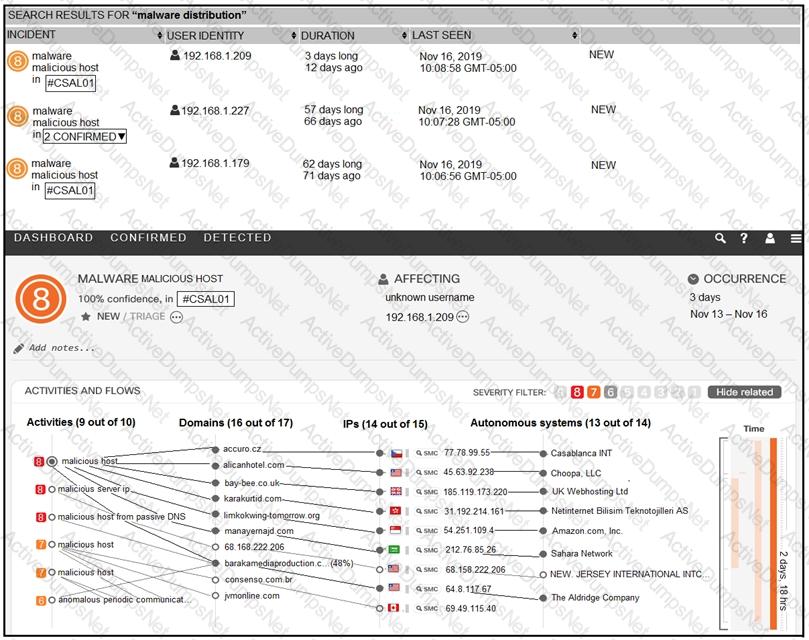
For IP 192.168.1.209, what are the risk level, activity, and next step?
An engineer is going through vulnerability triage with company management because of a recent malware outbreak from which 21 affected assets need to be patched or remediated. Management decides not to prioritize fixing the assets and accepts the vulnerabilities. What is the next step the engineer should take?
Drag and drop the mitigation steps from the left onto the vulnerabilities they mitigate on the right.
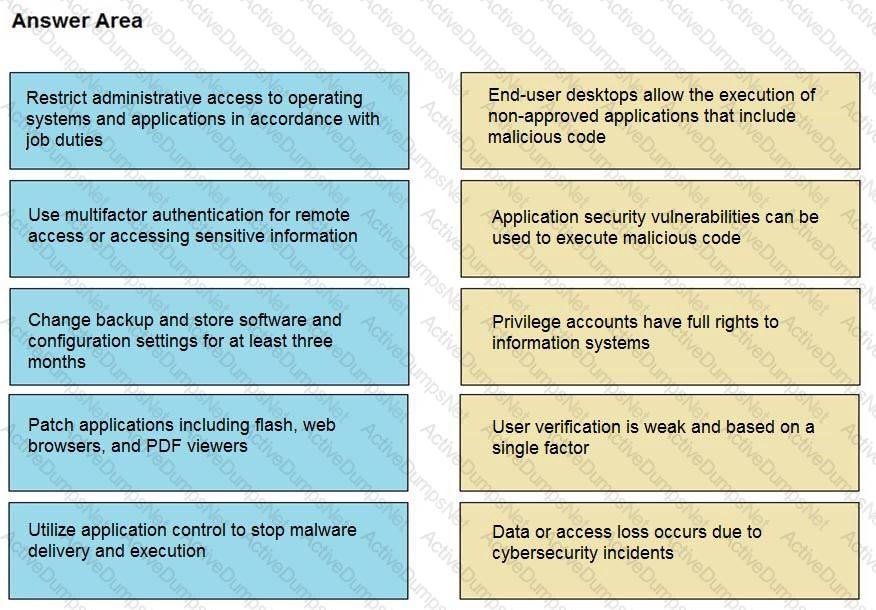
The SIEM tool informs a SOC team of a suspicious file. The team initializes the analysis with an automated sandbox tool, sets up a controlled laboratory to examine the malware specimen, and proceeds with behavioral analysis. What is the next step in the malware analysis process?
A threat actor used a phishing email to deliver a file with an embedded macro. The file was opened, and a remote code execution attack occurred in a company’s infrastructure. Which steps should an engineer take at the recovery stage?
Refer to the exhibit.
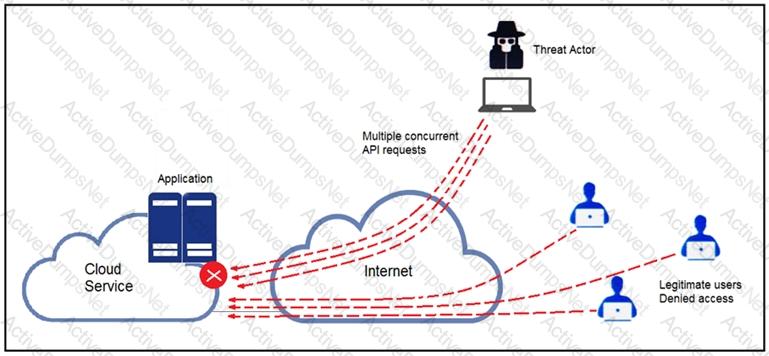
A threat actor behind a single computer exploited a cloud-based application by sending multiple concurrent API requests. These requests made the application unresponsive. Which solution protects the application from being overloaded and ensures more equitable application access across the end-user community?
Refer to the exhibit.

Where are the browser page rendering permissions displayed?